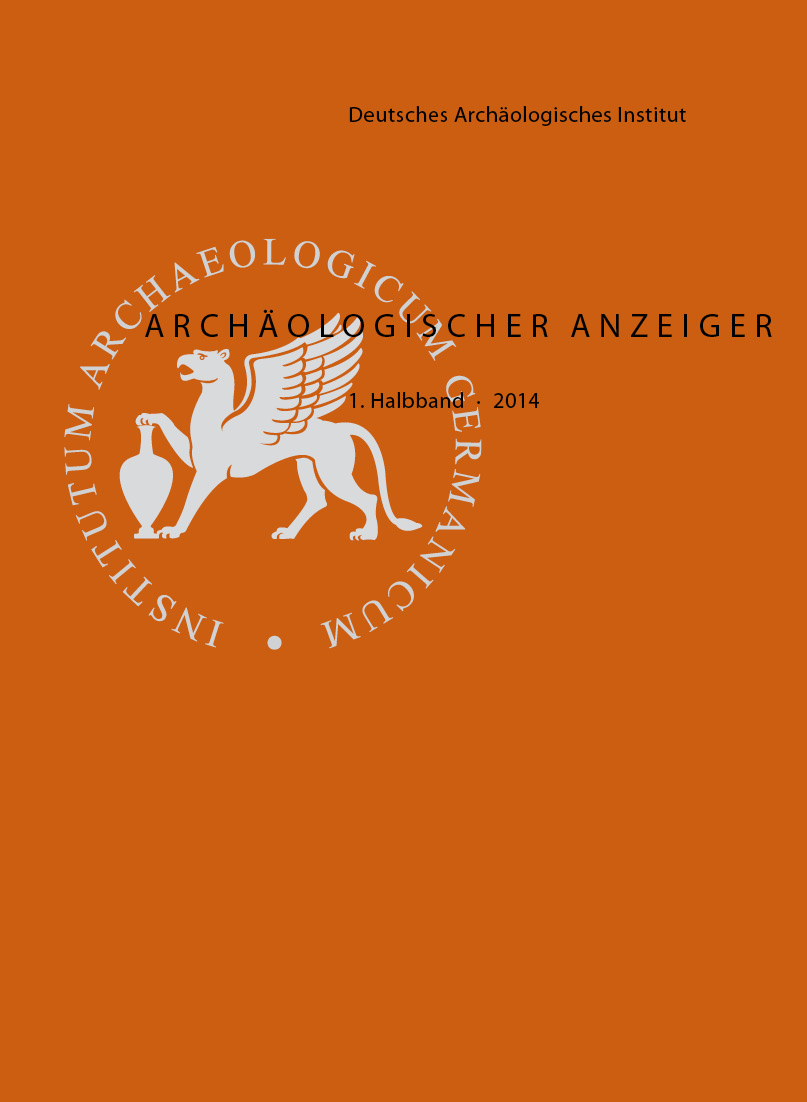The Excavations at Boğazköy-Ḫattuša in 2013
https://doi.org/10.34780/6771-bmr7
Abstract
The excavations concentrated on areas north and south of Kesikkaya in the south section of the Lower City. In the north-lying areas the work focused on features that date from the transition from the kārum Period to the Hittite Epoch and the early phase of the Hittite Empire. The continuous archaeological sequence allows for the first time a detailed insight into the development of the material culture and gives the impression of continuity. South of Kesikkaya further sections of a monumental Hittite building were excavated which is remarkable for an orthostat wall nearly 25 m long. Probably used for a religious purpose, this structure was built over by a large-plan building from the middle Iron Age that is notable for its finds with trans-regional links as well as for its structure and execution which are without parallel in Boğazköy. Archaeometric analysis of metal finds and stamped clay bullae afford far-reaching insights into the Hittite economy and society.
Keywords:
Ḫattuša, kārum Period, Postern Wall, Sphinx Gate, Hittite urban development, metallurgy, bullae, Iron Age





